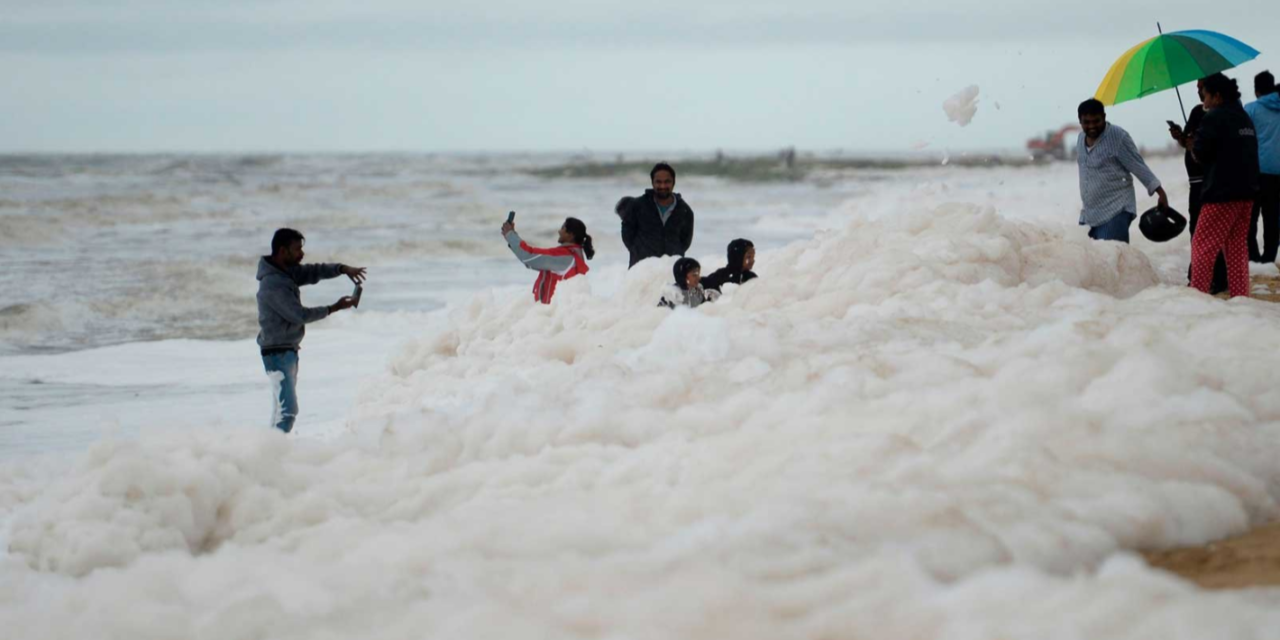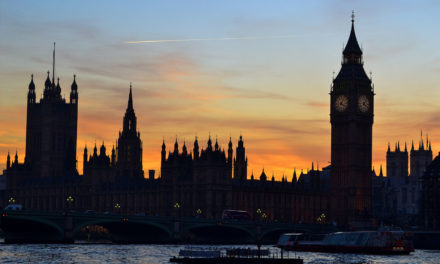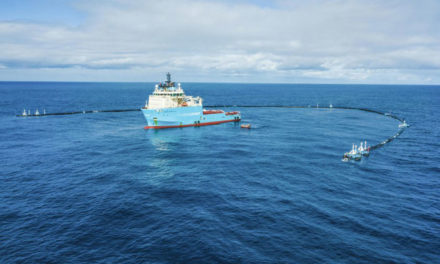Marina Beach, the longest urban beach in southern India, recently saw an outbreak of toxic foam triggered by heavy rainfall from the monsoon season. While the foam has left India’s Marina Beach looking particularly picturesque, experts say that the toxic foam is caused by pollutants from untreated sewage that have mixed with seawater and can cause health problems.
However, the popular beach has been overwhelmed with unaware children running through the white cloud-like substance and people taking selfies amongst the suds. While this isn’t an uncommon phenomenon, experts have noted that this year’s toxic foam has been particularly drastic. Not only has this contributed to possible skin conditions but local fishermen have been left with no business due to the fear of contaminated fish.
The reason for this bizarre spectacle is easily explainable. The Sewage Treatment Plant (STP) is only built to hold a certain amount of water, once it surpasses that level – which tends to happen during monsoon season – an excessive amount of untreated sewage runs into the seawater due to the lack of capacity.
“We should ensure that our STP’s are designed in a way that can handle the excess water during the monsoon season. They need to identify and cut other untreated effluents entering the river,” said environmentalist Pooja Kumar for the Indian Express. “No action seems to have been taken by the TNPCB.”
India has a history of toxic foam. In 2017, the streets of Bangalore were covered in the white substance. As recently as September 2019, toxic foam flooded one of India’s most sacred rivers – the Yamuna.
And the problem doesn’t seem close to being solved. “Pollution is now a bigger threat to India’s beaches than the rising seas,” said Pravakar Mishra, a scientist at the National Centre for Coastal Research in Chennai.
Air Pollution
Unfortunately, India’s worry not only lies in the pollution in its oceans, but in its air too.
Last month, air pollution in the country reached record highs, leaving its capital Delhi choking on thick brown smog. The crisis led the city to introduce a ban on private vehicles in efforts to alleviate the situation.
According to data from the World Health Organisation (WHO), nine of the most polluted cities in the world are all in India. Air pollution can contribute to a myriad of health problems which have been linked to 1.2 million deaths in 2017.
“If you add up the number of years we are losing because of illness, because of the productive time, all of these are coming at huge economic costs,” Anumita Roychowdhury of the Centre for Science and Environment told Al Jazeera in August.
As India’s population and economy grow, so do its environmental issues, urging swift and immediate action before it’s too late.
Photo credit: Travel + Leisure/Arun Sankar/Getty Images
- This Artist is Making the Underwater Arena His Canvas - 28th April 2021
- A Video Game that Promotes Peace and Conflict Resolution - 15th March 2021
- Netflix’s ‘Living Undocumented’ is a Difficult Series to Watch, and Exactly Why We Should - 9th March 2021






